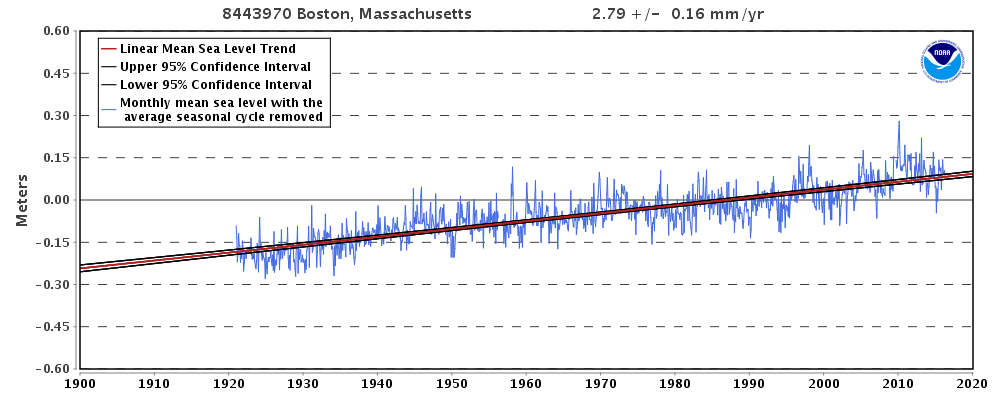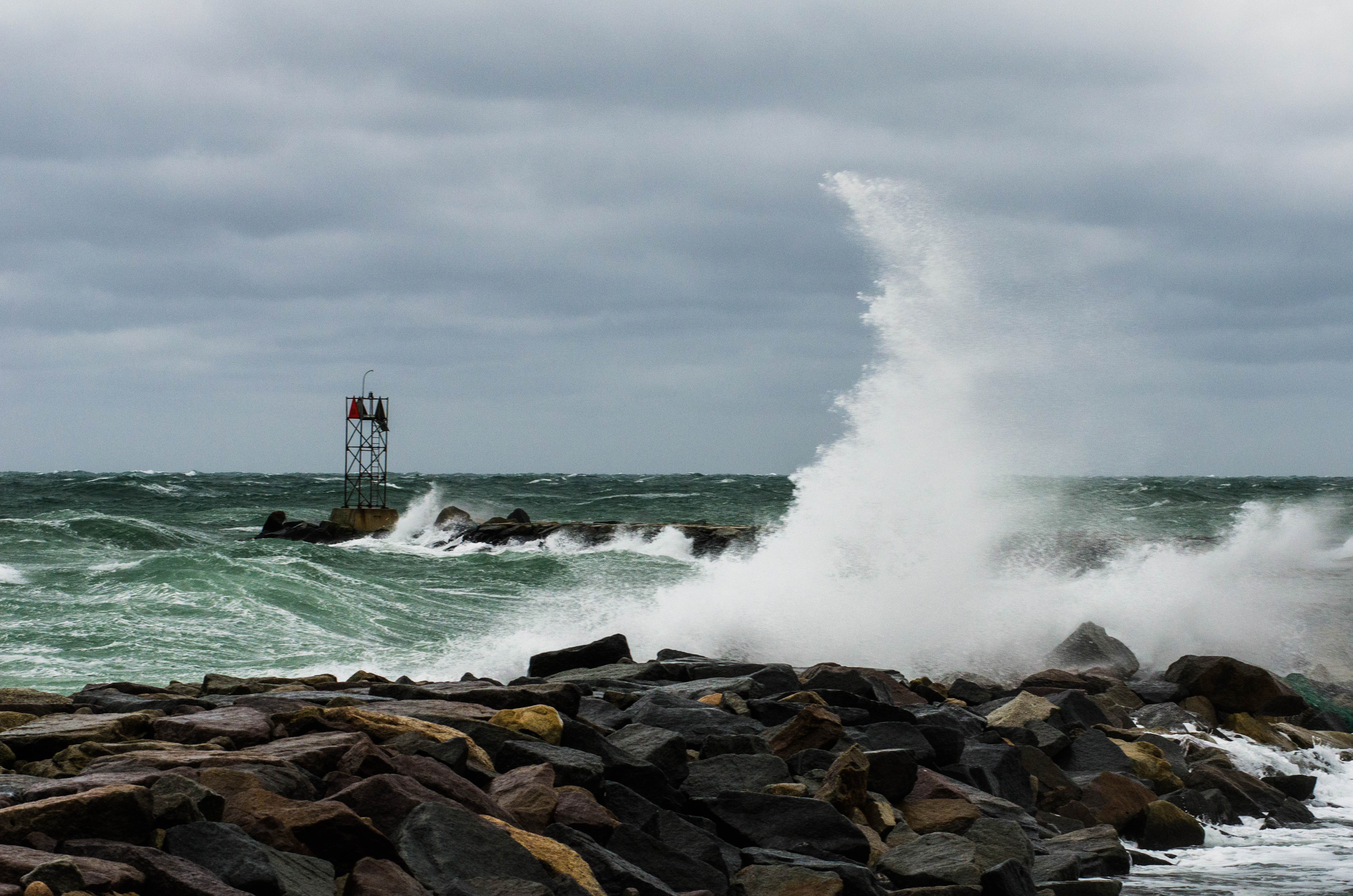By John Lyons
The vision of Boston underwater sounds like a science fiction story, but experts say that if nothing is done, in a couple hundred years, it may be a reality.
As the world faces climate change, Boston faces more unique problems than some other cities. Boston is currently ranked sixth out of 25 U.S cities most susceptible to climate change, according to a study by The Weather Channel. This means Boston will start to see the effects of elevated sea levels within 50 years.
The Barr Foundation is one of many groups trying to solve this problem. The non-profit is involved with various projects across the city, including art, culture, education, and climate change.
The foundation’s involvement accompanies uncertainty about Boston’s future involving climate change. Bud Ris, a senior climate advisor with Barr, explained its approach to prepare Boston for the inevitable sea level rise.
“The first task is to get clear about the changes coming from climate change here in Boston” he said.
To become clear on these changes, the group turned to the University of Massachusetts, and ended up with a team of 35 scientists known as Climate Ready Boston.

The report details how the sea level could rise in the city through three scenarios: The first shows what would occur if the amount of carbon dioxide emissions continues increasing at the current rate. The second shows if the amount increases at the same rate till 2050, then is reduced, but not eliminated, and the third shows if the amount is reduced to a third of current levels by 2050, then reduced to zero by 2080.
“Task two is to take that information, and overlay it with any vulnerability assessments that have already been done in Boston, but also to figure out what’s at risk,” Ris said.
This means using the original report, and finding out what parts of the city are at risk by overlaying a map of the potential sea level rise with the city’s infrastructure.
“[The third task] is to take those two pieces, and sort of add a neighborhood scale,” Ris said.
This means taking a look at the private and public assets of Boston, each area individually, and deciding what needs to be done over time.
If nothing is done about carbon dioxide output, the report found the relative sea level in Boston in 2100 could be between 97 and 226 centimeters higher than they currently are. That means at minimum, sea levels in 2100 could be 40 inches higher than they are now. If nothing is done, by 2100 potentially 30 percent of Boston could be underwater.


Leave a Reply